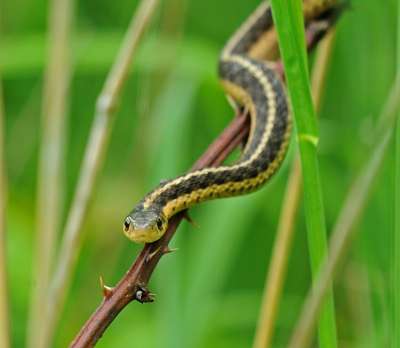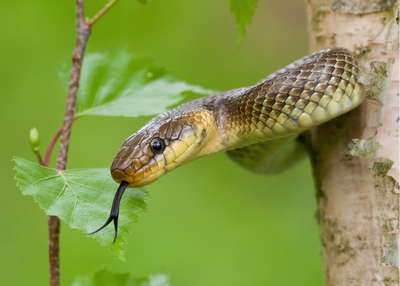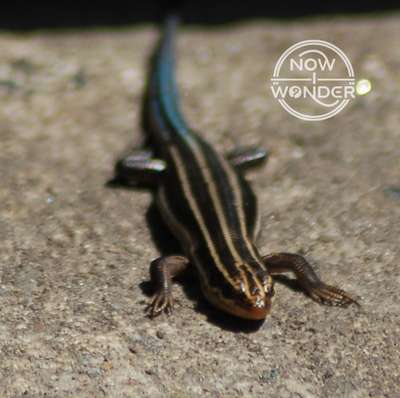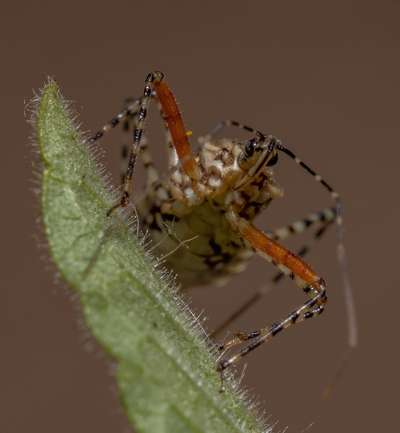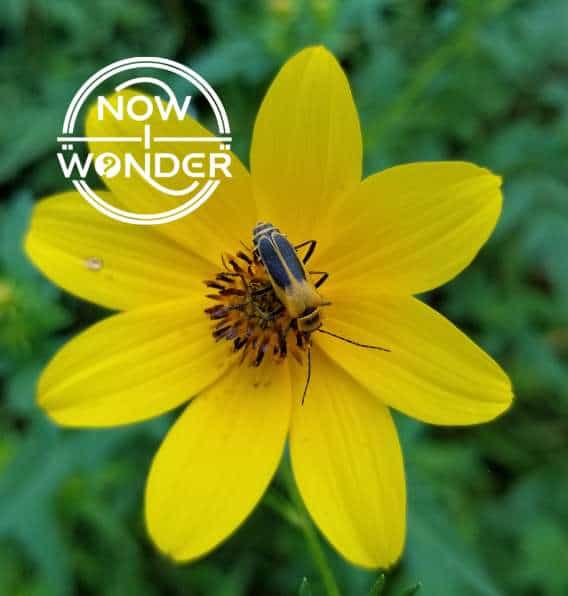Dragonflies are some of the largest insects commonly seen in the southeastern United States and are both widely distributed and diverse. But what is the largest dragonfly species found in this area?
The largest species of dragonfly found in North Carolina is the swamp darner (Epiaeschna heros), which can reach total body lengths of up to 94mm (3.7in); their hind wings can reach 59mm (2.3in) in length. This common dragonfly is the largest species in the darner dragonfly family Aeschnidae.
However, while the swamp darner may be the largest dragonfly species found in the southeastern United States, several other species come very close in size. Read on to learn more about North Carolina’s largest dragonfly and the two runners-up.
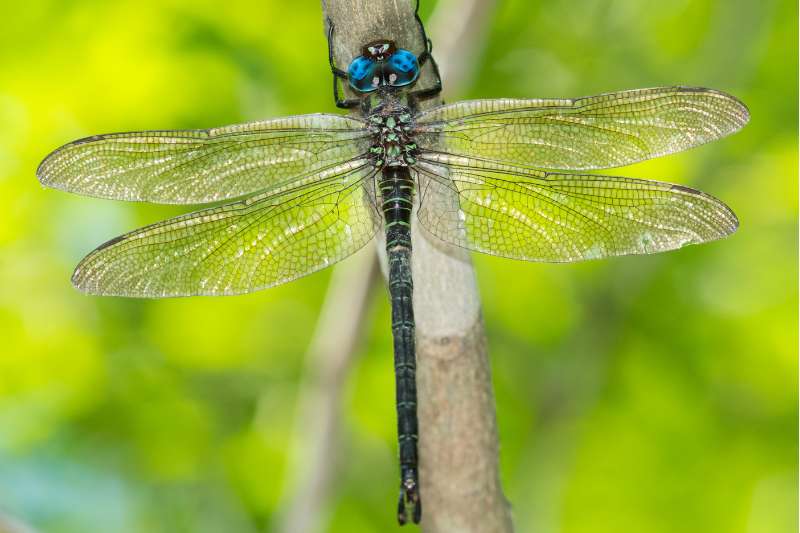
The largest dragonfly in North Carolina
Swamp darner (Epiaeschna heros)
The largest dragonfly species in the southeastern United States is the swamp darner (Epiaeschna heros), which can grow to 94 mm (3.7 in) in total body length (Abbott, 2015), with hind wings of 59 mm (2.3 in) hind wing length (Paulson, 2012).
Swamp darners are classified in family Aeshnidae, which is the “darner” family -so called because of their long, thin abdomens, which historical people thought looked similar to darning needles used for sewing and mending clothes.
Darners are robust dragonflies, with large eyes and long abdomens. Like all insects, they are ectothermic, which means their body temperature is connected to the ambient air temperature in their environment. But darners can create body heat for themselves by vibrating their wings, which are powered by the big flight muscles packed into their thoraxes.
This ability to increase their body temperature under their power means that darners can be active earlier in the day – and on cooler or cloudier days – than many other species that can’t actively thermoregulate as effectively. This gives darners a competitive advantage, as they hunt for prey by flying through their habitats and can already be in the air before many prey or competitor dragonflies.
Male swamp darners have blue eyes set in brown faces, which have green spots. Their base body color is brown and green. Swamp darners have two thoracic side stripes and each abdominal section is ringed with 2-3 green rings (never spotted or striped). Their wings are clear, with no spots or blotches, although they can develop a slight amber tinge as the dragonflies age.
Female swamp darners looks similar to the males, except their eyes are more brown than blue, and their abdomens are slightly thicker due to their egg-laying organs.
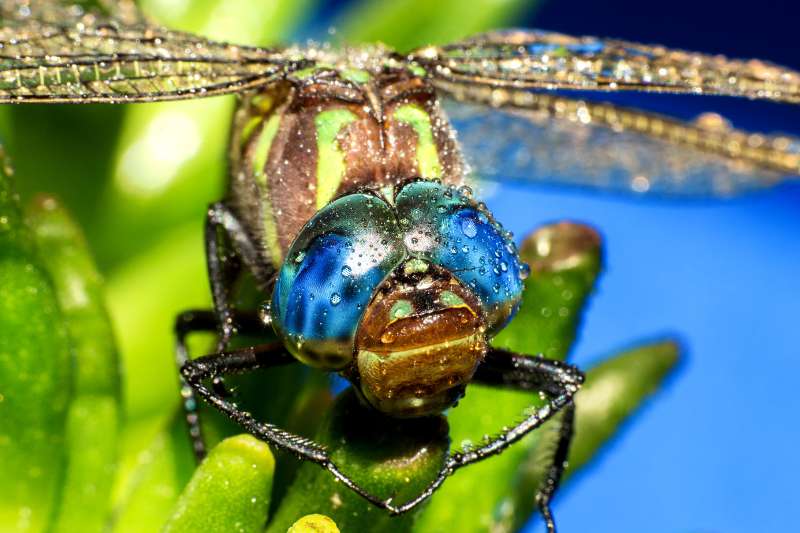
The second largest dragonfly in North Carolina
Royal river cruiser (Macromia taeniolata)
The second largest dragonfly species in the southeastern United States is the royal river cruiser (Macromia taeniolata).
Royal river cruisers are classified in “cruiser” family Macromiidae – so called because dragonflies in this family fly back and forth along lakeshores and down streams and rivers.
Royal river cruiser dragonflies can grow to 91 mm (3.6 in) in body length and their hind wings can be 59 mm (2.3 in) in length (Paulson, 2012), making them the second largest dragonfly species in the southeastern United States behind only the swamp darners.
Both sexes look similar. Royal river cruisers have large, brilliant green eyes that contact on the top of their heads, and long legs. Their wings are clear, but may turn slightly amber as the dragonflies get older.
Their bodies are dark brown and slightly metallic, with yellow markings. The bottom third of their front thoraxes show short yellow stripes, while the sides of their thoraxes have only single, wide, yellow bands.
Both sexes have a single yellow ring on their second abdominal segment, which may not meet on top. Males have paired yellow spots on their third through eighth abdominal segments; females only on their third through seventh abdominal segments.
The third largest dragonfly in North Carolina
Dragonhunter (Hagenius brevistylus)
The third largest dragonfly in the southeastern United States is the dragonhunter (Hagenius brevistylus). These insects can reach 90 mm (3.5 in) in total body length, with hind wings that can be 58 mm (2.3 in) long (Paulson, 2012).
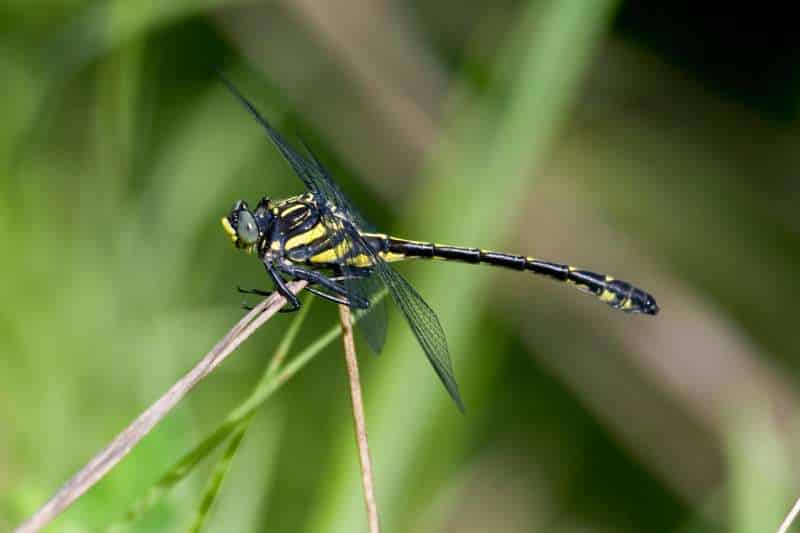
Dragonhunters are classified in family Gomphidae, which is the “clubtail” family – so called because most species in this family have visibly enlarged abdominal tips that look like clubs.
Clubtails are fast fliers, even amongst their fellow dragonflies, but spend a lot of their time perched and concealed from predators. Unlike many other dragonfly species, clubtails hunt from perches rather than flying through their territories. They use their extremely good vision to spot likely prey from their perches, then fly out to intercept.
Most dragonflies take prey smaller than themselves, such as horseflies, deer flies, and mosquitoes. However, dragonhunters prey routinely on flying insects nearly as large as they are, such as butterflies, jewelwing damselflies, and other dragonflies (Paulson, 2012). The skill and enthusiasm with which they hunt their fellow dragonflies led to their common name “dragonhunter”.
Dragonhunters are the largest species of clubtail (Eaton and Kaufman, 2007). Male dragonhunters have bright green eyes, yellow faces crossed with a single thin, black line, and small heads relative to their body size compared to some other species. Unlike many dragonfly species, dragonhunter eyes do not meet on the top of their heads.
Their bodies are black and yellow; they have two thick yellow thoracic stripes, and yellow stripes that run the length of both the top (dorsal) and bottom (ventral) surfaces of their abdomens. Wings are clear, and their abdomens curve down when in flight (Abbott, 2015). Their hind pair of legs are visibly longer than the middle and front pair of legs.
Females look like males, except that they have a lot more yellow on their abdomens.
Although dragonhunters are clubtails, they lack the large abdominal clubs of other species in family Gomphidae. The terminal abdominal segments in some individuals may be slightly enlarged but never close to the obvious clubs of other clubtail species.
Conclusion
Size can be difficult to judge without a reference point or object for scale.
Nearly every dragonfly species found in the southeastern United States could be called “large” because, in general, they are. But nature is so diverse that just being “big” tells only half the story. Swamp darners, royal river cruisers, and dragonhunters discussed in this post are truly giants among southeastern dragonflies.
For more about dragonflies and other insects in order Odonata, check out these other Now I Wonder posts:
- Is a dragonfly a fly?
- Can dragonflies walk?
- What do dragonflies do at night?
- What is the difference between a dragonfly and a damselfly?
- Dragonflies vs. Butterflies Part 1: First Comes Form
- Dragonflies vs. Butterflies Part 2: Second Comes Function
- Are there different types of dragonflies?
- Dragonflies vs. Horse Flies: Allies vs. Enemies
- What is the difference between dragonflies and mayflies?
- Dragonflies vs. Mosquito Hawks: What’s the difference?
- Dragonflies vs. Fireflies: What are the differences?
- Dragonflies vs. The Ultimate Insect Trap: Spider Webs
References
Abbott, John C.. 2015. Dragonflies of Texas : A Field Guide. Austin: University of Texas Press.
Eaton, Eric R., and Kaufman, Kenn. 2007. Kaufman Field Guide to Insects of North America. Mariner Books. HarperCollins.
Paulson, Dennis. 2012. Dragonflies and Damselflies of the East. Princeton: Princeton University Press.

